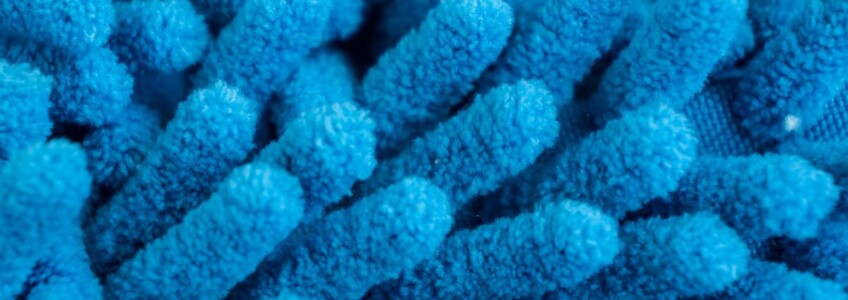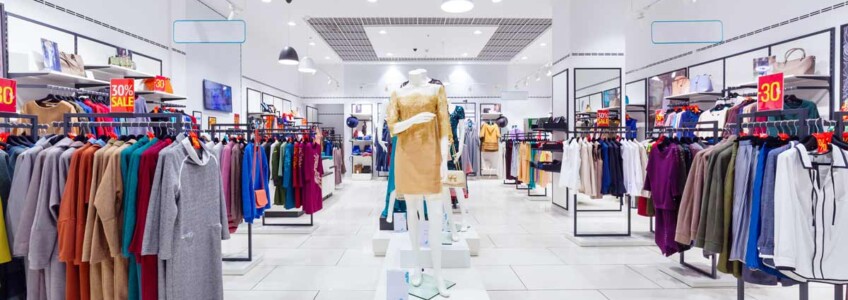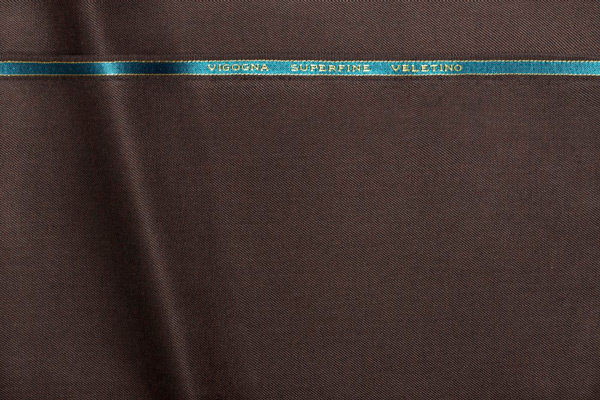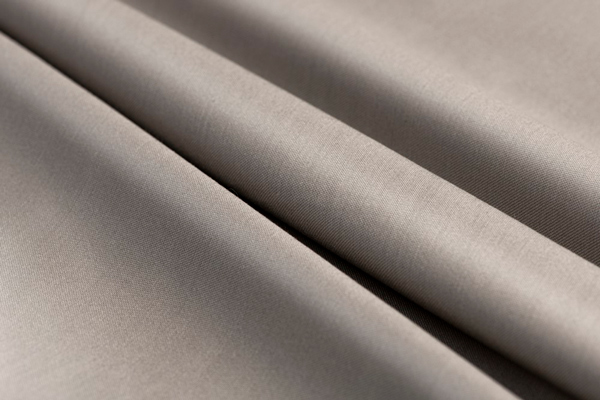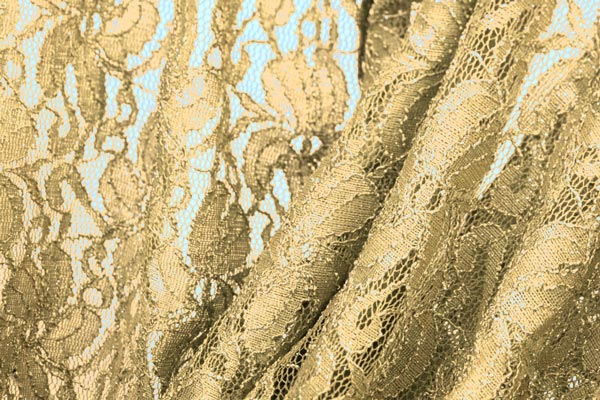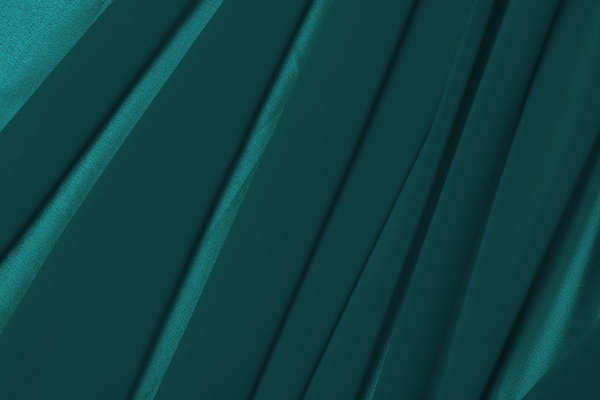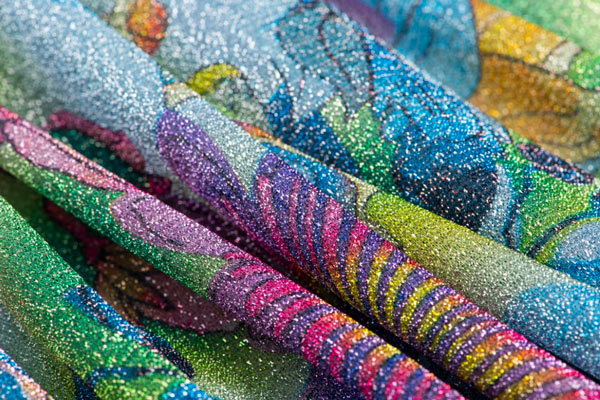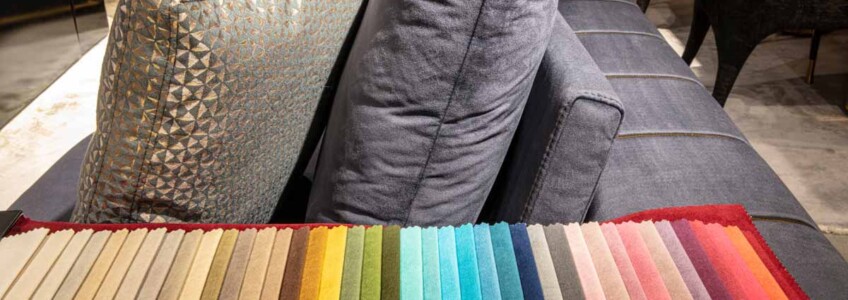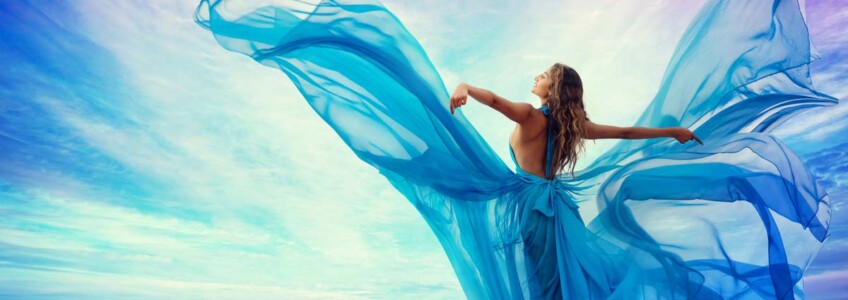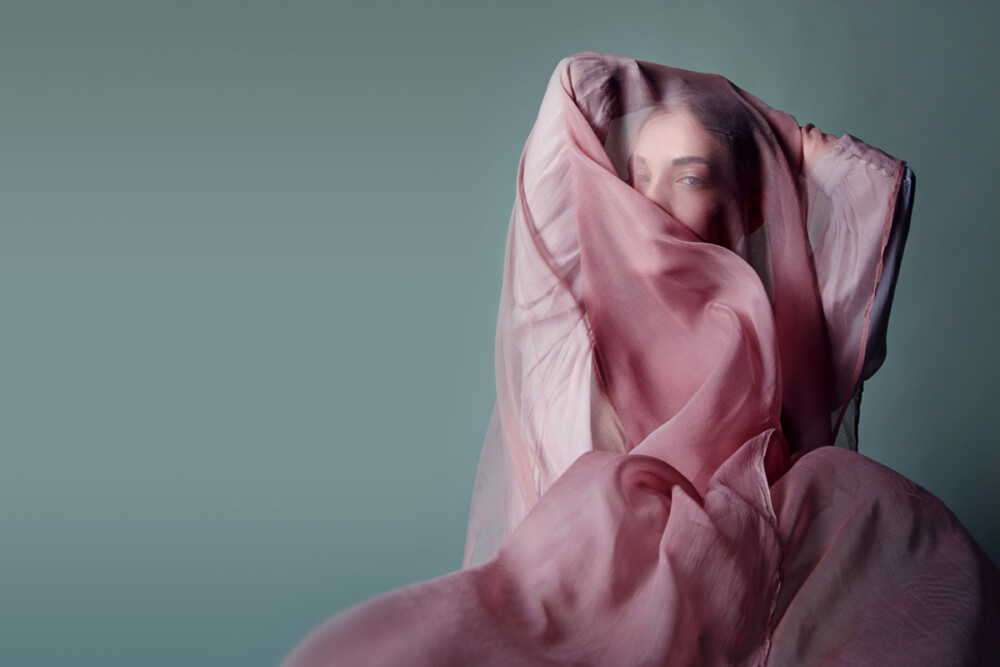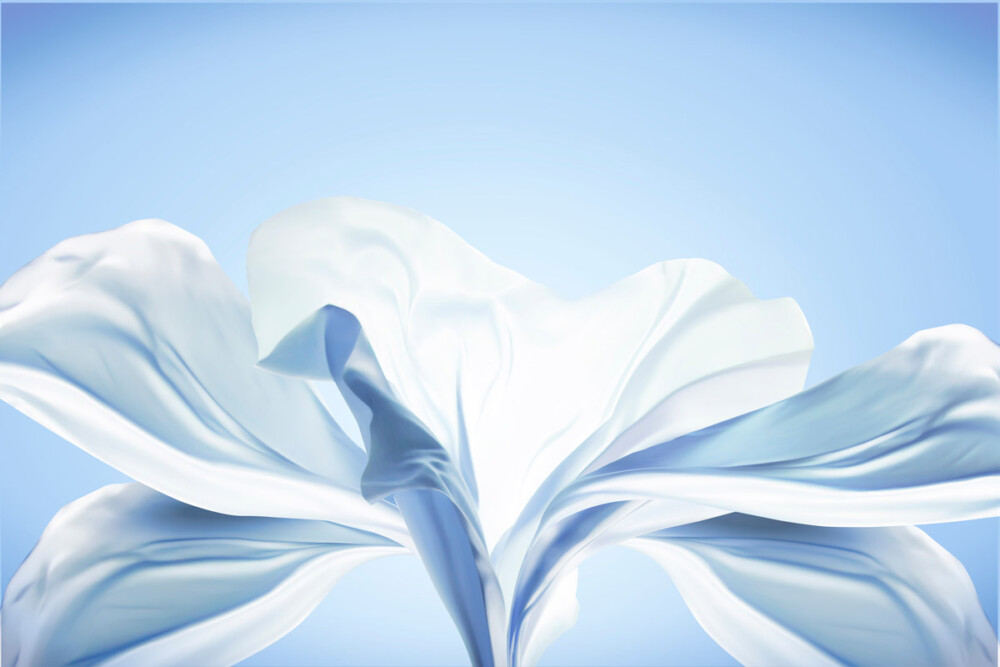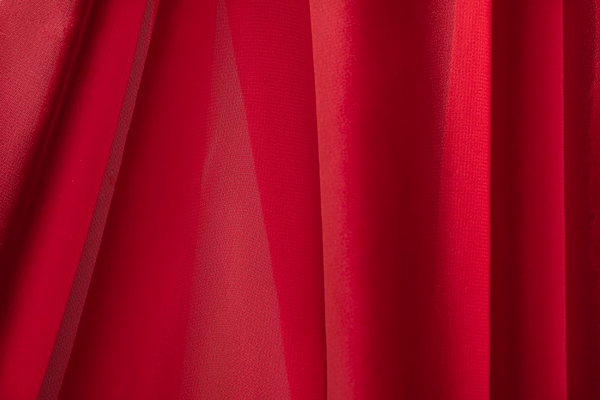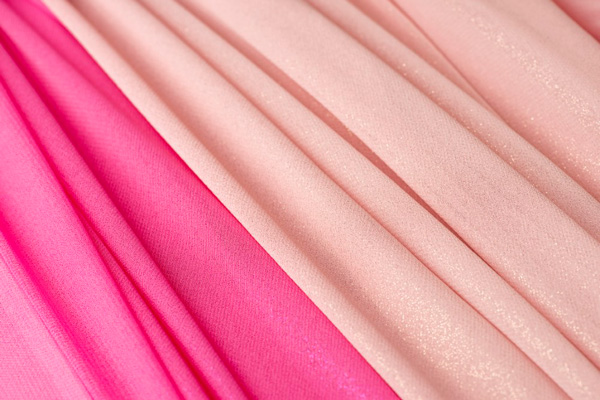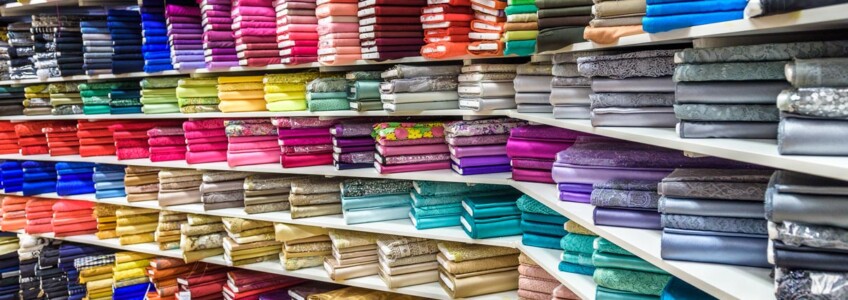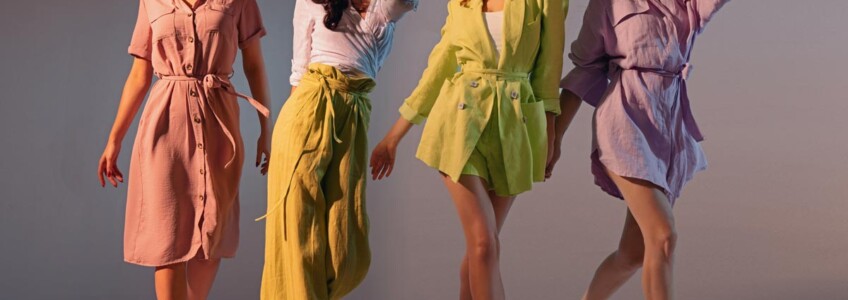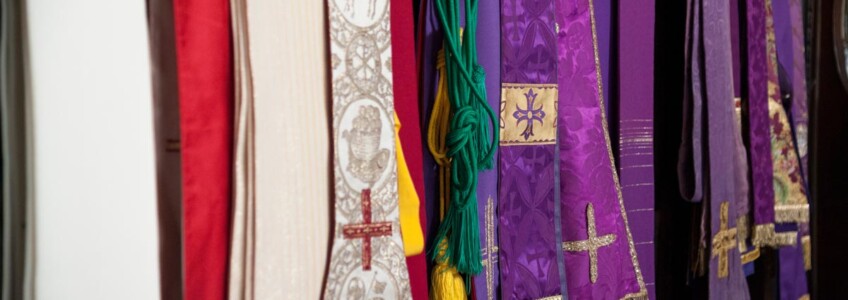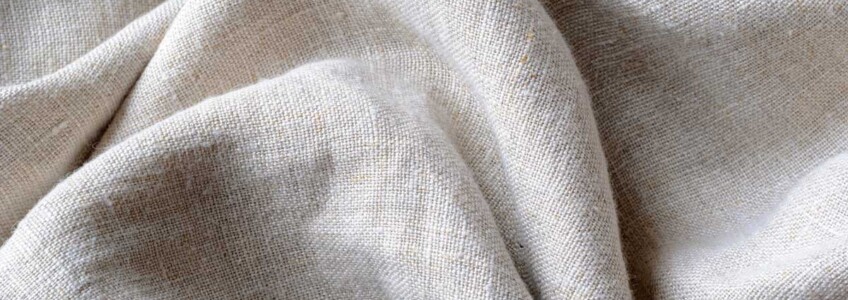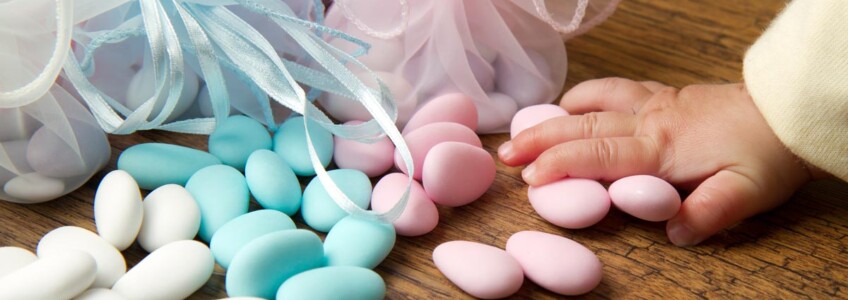Chenille is a knitted fabric, which is obtained by processing two yarns of different material, one thin and robust, the other thicker and softer. Let’s discover together with Cimmino what chenille is: composition, characteristics and uses of this soft and velvety fabric, ideal for the middle seasons.
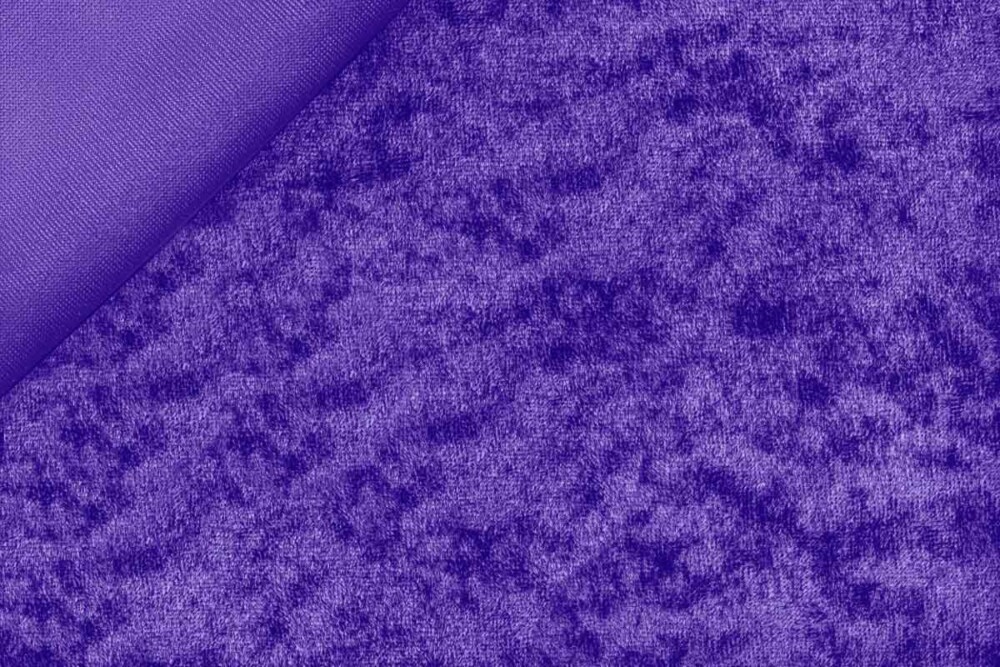
What is chenille: origin and uses of this fabric
The chenille has a relatively recent origin: it made its first appearance in France around 1930, but spread from the 70s following the dictates of fashion of the time. In the past silk and wool were used, while today it is cotton that is mainly used in the processing of this fabric, as it ensures maximum safety even on the most delicate leathers. In fact, chenille is one of the most used fabrics for clothing and accessories for children. Soft and velvety, just like children’s skin, chenille is versatile and elastic, ensuring maximum comfort from the start.
Chenille garments are perfect in the middle seasons, but also in milder winters. The heaviness of the fabric is not excessive and does not involve extreme sweating, but it is enough to ensure a constant and lasting heat. Visit the Cimmino catalogue to be updated on the latest news in the sector and to discover the wide selection of fabrics suitable for every need and situation, such as chenille fabrics.
Chenille 643
It is a fabric similar to velvet, but much softer, available in many colors: white, beige, cream, brown, green, ruby red, gray, pearl, black, light blue, pink, turquoise, mustard, fuchsia, burgundy, blue, neon orange, neon yellow, Neon green, acid green, ivory, red, midnight blue, royal blue, purple and many more. This type of fabric is very versatile and is ideal for making theatrical and carnival dresses and accessories It is also equipped with standard 100 by OEKO-TEX, a certification and control system in the field of textile raw materials, semi-finished products and finished products at all stages of processing, It allows the identification of those products which do not present any risk to the health of the consumer.
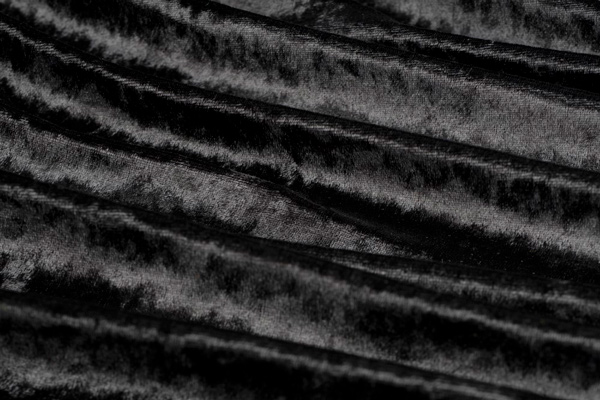
How to wash and remove stains
Chenille is a very delicate fabric, which is why it is recommended to wash it by hand to avoid any damage. However, it is possible to wash the chenille also in the washing machine by choosing the gentle cycle and a temperature of not more than 30°- 40°. It is preferable to use natural and non-aggressive detergents and avoid whiteners or bleaches. To protect the embroidery and decorations and to preserve the colors you must always turn the garments inside out before each wash. In the presence of stubborn stains you can use a tablespoon of baking soda dissolved in a basin of water instead of softener, which will allow the garments to be perfectly sanitized and soft. On the market there are also special stain removers, delicate and neutral, that allow you to act promptly on difficult stains.
These products are specifically formulated to be gentle on fabrics and colors. It is essential to find a product that does not contain perfume, dyes or bleach that, among other things, could also cause allergic reactions. This way, you can also eliminate grease stains, sauce, chocolate, baby food, lipstick, red wine, coffee, fruits and vegetables.
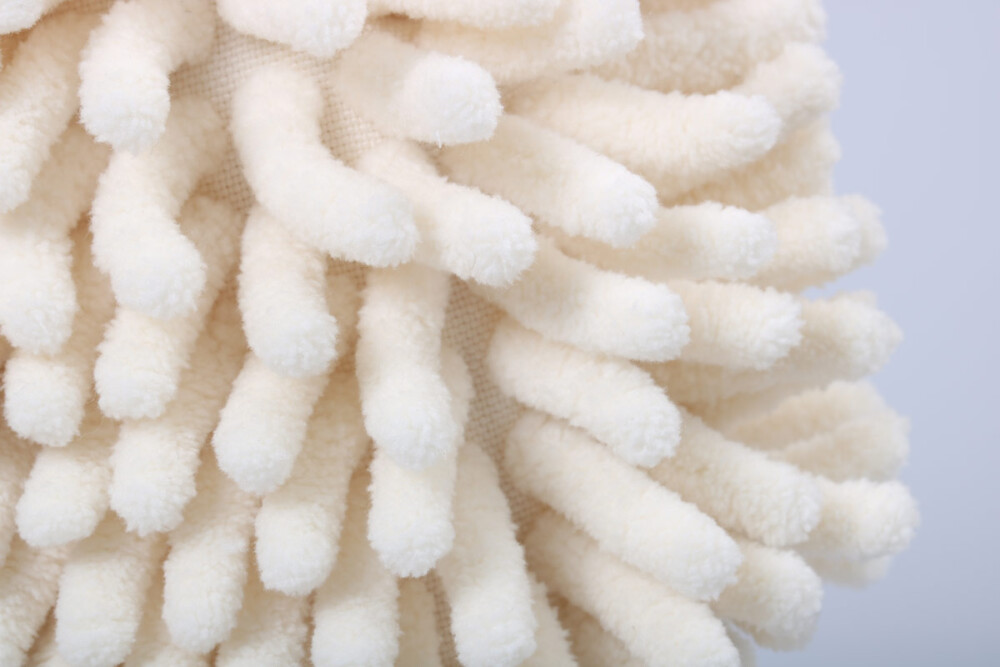
How to wash infants onesies in chenille
To wash the chenille onesies just follow a few simple tips. The onesies should always be put inside out, in order to protect the decorations and preserve the color. We proceed with the hand washing, using a basin or directly the sink, which we will fill with warm water. Immerse the onesies in water and gently rub any stains with Marseille Soap, then rinse with cold water. Immerse the onesies again in warm water with neutral detergent, this time leaving them to soak for 1-2 hours. To sanitize them, just add two teaspoons of baking soda to the detergent. After that, we remove the excess water by making it drain and immerse them in cold, softening water for about 10 minutes. Rinse them, wring them and let them dry spread between two towels and resting them on a table.
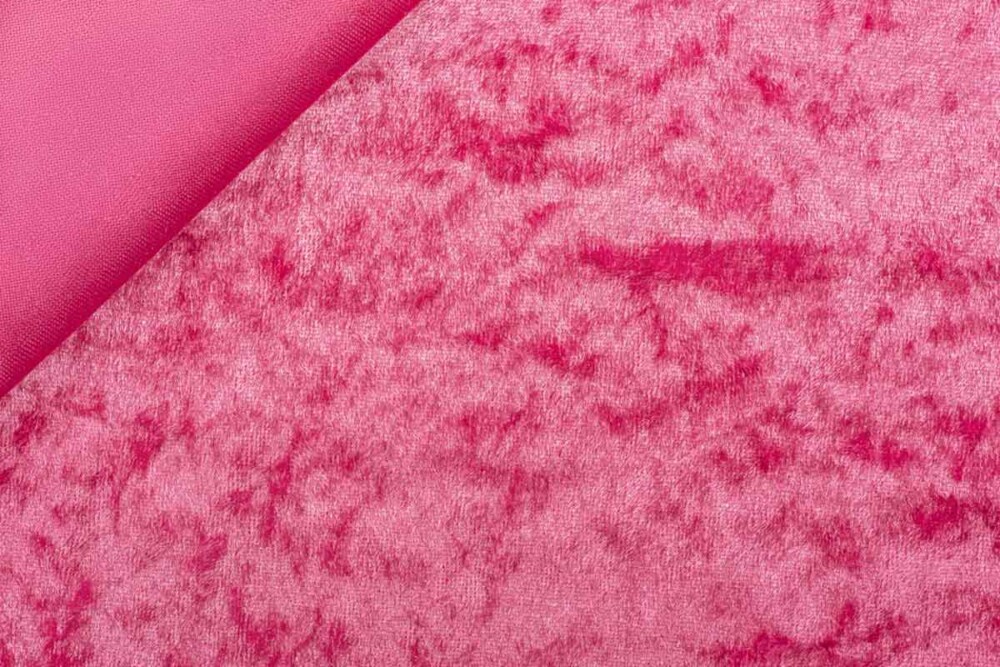
How to wash chenille sofas and armchairs
The upholstery of chenille sofas and armchairs is as delicate as clothing: you can wash it, but you must reserve some extra care. First of all, the fabric should never be soaked. Fill a bowl with warm water and dissolve very little mild detergent or Marseille soap. Dip the cloth in the bowl, squeeze and dab the stain. With a dry cloth, instead, press the wet area to remove excess water. If the stains persist, repeat the operation until they are completely gone. Alternatively, you can use a mixture of white vinegar and tea tree oil: you could do a test in a part of the sofa not visible, so notice the reaction.
Browse now the catalog of Manifattura Foderami Cimmino and choose the best chenille fabrics to make everything you want!



